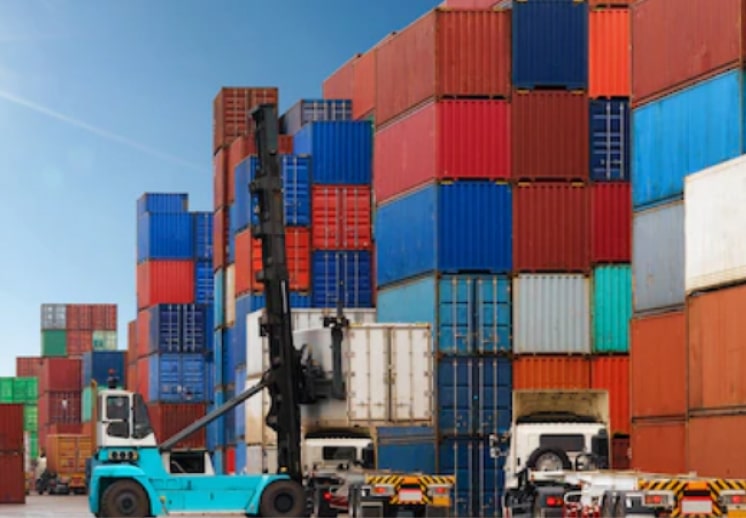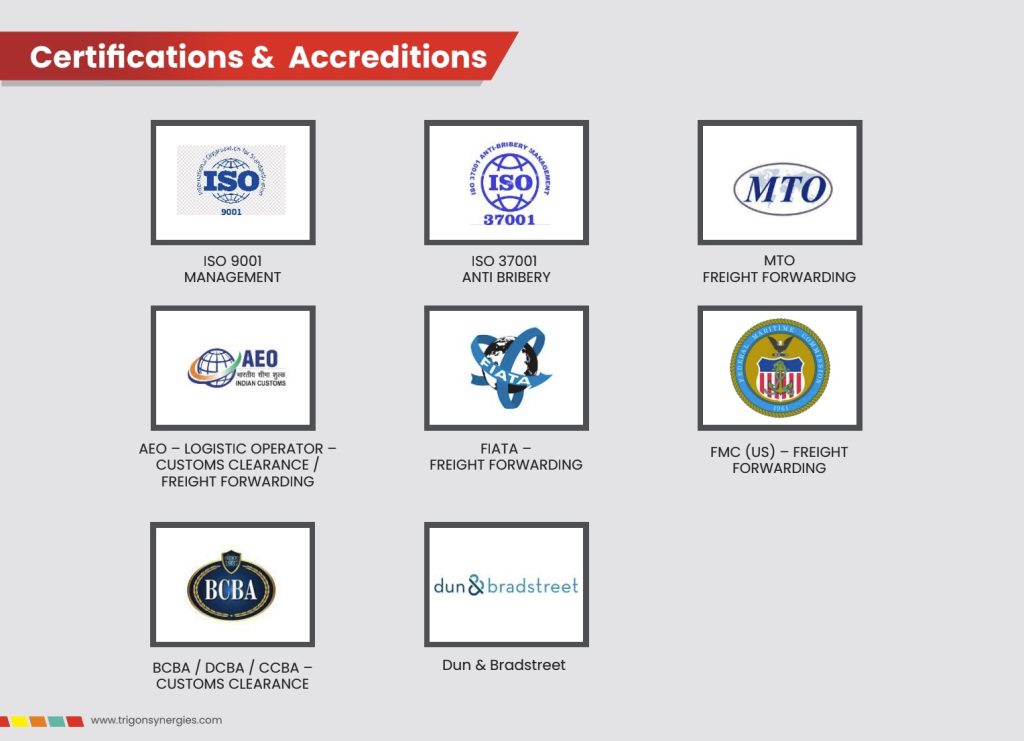Introduction
The global integration of economies has led to an increased demand for international food products. India has attained self-sufficiency for most of its food needs such as wheat, rice, sugar etc. But as the income of the population rises, the demand for diverse and specialised products increases which has given rise to food imports in India. India’s imports of consumer-centric foods such as nuts, spices, and fruits, are one of the fastest-growing imported food segments in the country. In 2021, India imported US $6.1 billion worth of consumer-oriented products, out of which 15% were from the United States alone. But to avoid dumping foreign products into the country, the import of food items into India traverses a complex legal process governed by a series of regulations aimed at ensuring food safety, quality, and cultural considerations. In this blog, we cover the intricate process of food imports in India, the process surrounding it, challenges encountered, and innovative advancements shaping this facet of international trade in food imports. While the import of food is a vast topic which would vary from case to case, this blog would serve as a starting point for all your import-related queries.
The Process of Food Imports
Importing food into India is a complex process that involves several stages of regulatory compliance and quality checks. The primary authorities responsible for overseeing food imports are the Food Safety and Standards Authority of India (FSSAI) and the Directorate General of Foreign Trade (DGFT). The process can be summarized as follows:
- Product Approval: Importers need to obtain an Importer Exporter Code (IEC) from the DGFT. They must also ensure that the food product they intend to import is not prohibited or restricted under the current Foreign Trade Policy. The full list of prohibited goods can be viewed on DGFT’s website. (www.dgft.in)
- Registration with FSSAI: Importers must register with the FSSAI and obtain a Food Import Clearance (FIC) license. The FSSAI ensures that imported food products meet safety and quality standards. The license obtained can range between 1 to 5 years according to the needs of the importer.
- Labelling and Packaging: Imported food products must adhere to Indian labelling regulations, including mandatory information about ingredients, nutritional values, allergens, and contact details of the importer.
- Documents required for importing food into India:
Ingredient list
Specimen copy of label
End Use Declaration* (Table below)S. No. Purpose of Import Forms/Undertaking to be given by Importer 1 Imported food assignment meant for personal consumption Form 7 2 Imported food consignment meant 100% Export and Re-export Form 8 3 Imported food consignment meant for Research & Development purposes Form 9 4 Imported food consignment meant for Display Purpose in Trade Fair/Exhibition Form 10 5 Imported food consignment meant Sports Events Form 11
Bill of entry
Country of Origin Certificate
FSSAI License
NOC by FSSAI for any product requiring special approval or customs clearance - Customs Clearance: Importers must provide accurate documentation, including invoices, bills of entry, and certificates of origin. These documents are verified by customs officials, and customs duties and taxes are assessed. A detailed customs clearance process for your shipment is:
· Custom Department should clear Application for Custom Clearance.
· Application of NOC (No Objection Certificate) or Provisional NOC to Food Import clearance system (FICS) of FSSAI.
· Scrutiny of documents by an Authorised officer of FSSAI or NOC.
· Visual inspection of the consignment and sampling thereof by the Authorised officer of FSSAI.
· Quality Testing: Imported food products undergo rigorous testing by the FSSAI to ensure they meet safety and quality standards. This includes microbiological, chemical, and physical tests.
· Issuance of NOC or Provisional NOC by Food Import clearance system (FICS) of FSSAI.
· Finally, Custom clearance of the consignment.
- Clearance and Distribution: Once the imported food products pass all checks, they are cleared for distribution and sale in the Indian market or for re-exports.
Limitations and Challenges in the Food import ecosystem
- Regulatory Hurdles: Navigating the regulatory landscape can be complex and time-consuming. Strict compliance with labelling, safety, and quality standards is essential, leading to potential delays and additional costs.
- Logistical Issues: Maintaining the freshness and quality of imported perishable goods during transit can be challenging due to varying transportation conditions and extended supply chains.
- Prohibited Goods: A number of goods have been prohibited by the Indian authorities to protect domestic producers, ensure cultural ideologies and protect the food ecosystem from diseases and infection.
- Restricted entry of food items: As of 17th Oct,2022, the FSSAI has restricted entry of high-risk food items to only 61 ports. These include food products such as Milk and Milk products, Egg powder, Meat products, Infant foods, Health Supplements & pro-biotic foods. A detailed manual for the same can be accessed from the link below (https://www.fssai.gov.in/upload/advisories/2022/10/634d37acae32eOrder_Import_Food_17_10_2022.pdf )
New Advancements in Food Imports
In recent years, advancements in technology and changes in consumer behaviour have influenced the landscape of food imports:
- E-commerce Platforms: The rise of e-commerce has made it easier for consumers to access a wide range of imported foods. Online platforms enable consumers to explore and purchase international products from the comfort of their homes.
- Cold Chain Infrastructure: Investments in cold chain infrastructure have improved the quality and shelf life of imported perishable goods. This has led to an increase in the availability of fresh and frozen products.
- Direct Sourcing: Some retailers and restaurants are directly sourcing ingredients from foreign producers, bypassing intermediaries. This allows for more control over the quality and authenticity of the imported products.
Free Trade Agreements: India is now aggressively signing FTAs with various countries such as Australia, England, UAE etc. which gives importers access to high-quality food products such as wines, meats, cheese etc. at low customs duty rates giving the public access to foreign products.



